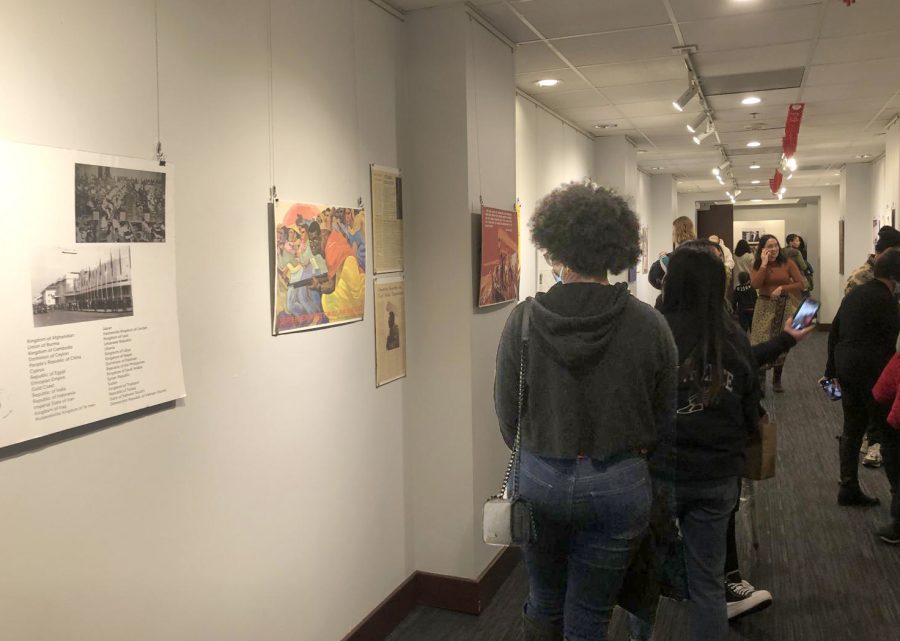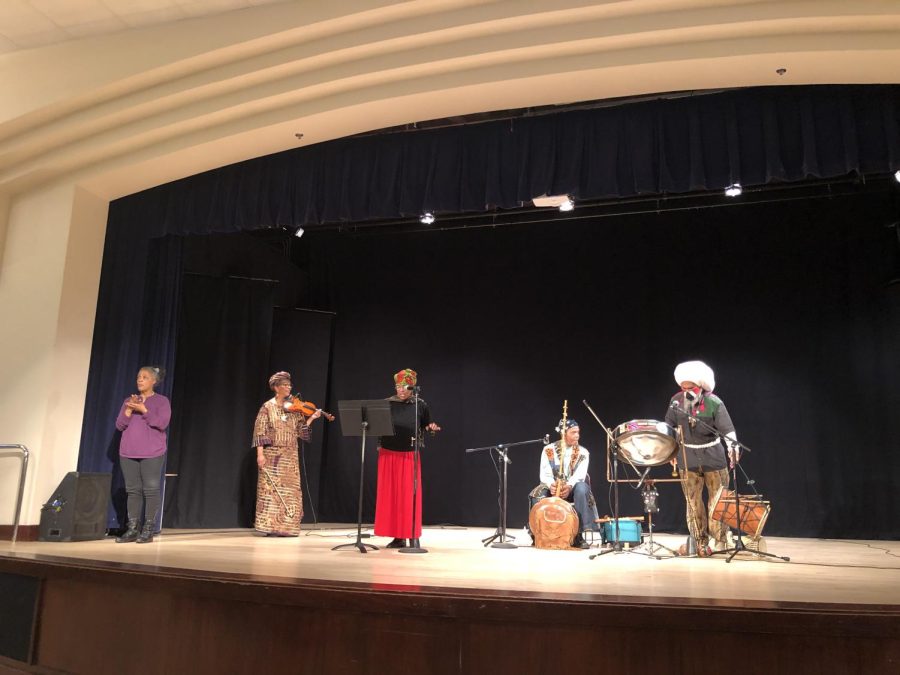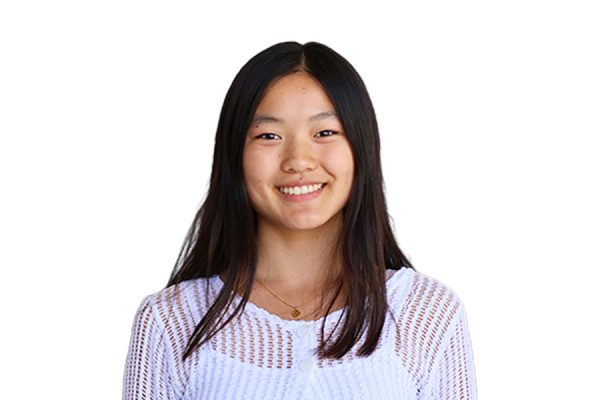Oakland’s first Lunar New Year and Black History Month joint event celebrated Black and Asian solidarity with the sharing of food, crafts, literature, music, and history at the Oakland Asian Cultural Center (OACC). Admission was free for those who attended.
The OACC worked with the Malonga Arts Residents Association (MARA) to invite Black and Asian performers and local vendors to the event on Feb. 4, a date that coincides with Lunar New Year, now an official holiday in California, and Black History Month.
From 11 a.m. to 4 p.m., the different artists produced traditional music and storytelling which filtered through the walls lined with art and bits of Black and Asian history.
“We want to celebrate the generational blessing, talent, and art of different artists. To do so, this event has been in the planning for months and months, ” said Stephanie Hoang, a program manager at OACC and Oakland resident.
Hoang’s interest in community solidarity and diversity stems from her childhood. When she was young, Hoang learned the importance of such notions when she and other African American students would play family, handing out red envelopes containing treats during Lunar New Year.
“The beautiful part of diversity is that you become so comfortable learning about other cultures, and I want to bring that spirit back. I want all of us to come together and know that although we come from different places and have different traditions, sharing them is more fun, joyful, and powerful,” Hoang said.
Hoang acknowledges the divisions within communities but does not see them as restrictions to showing up for one another.
If you’ve lived in Oakland and love Oakland, we are all part of the same community. We have all seen and experienced similar things. Like family, we all show up and celebrate the things that we have in common and the things you don’t. You show up for each other,
— Stephanie Hoang
“I don’t think about it as an Asian-American community and a Black community, because there are still challenges and divisions within our own communities. If you’ve lived in Oakland and love Oakland, we are all part of the same community. We have all seen and experienced similar things. Like family, we all show up and celebrate what we have in common and what we don’t. We show up for each other,” Hoang said.
Melanie Wofford, the co-president of MARA, collaborated with Hoang to plan the Lunar New Year x Black History Month celebration. Wofford’s longtime goal of promoting and merging communities is why she thinks events like this are so important.
“I grew up in New York. We were very diverse and there was very little division — it was only when I moved to Atlanta that I learned about racism. So to me, community is cooperation, collective work, and responsibilities. It’s being together and being human. Community won’t remain community if we don’t interact and support each other,” Wofford said.
Artists like Tureeda Mikell, a poet and storyteller who performed at the event, has long been spreading the message that Black and Asian communities are connected in more ways than most assume.
Mikell was brought up in Oakland and remembers how her mother would make recurrent trips to Chinatown. At home, Mikell would frequently find Asian artifacts despite them not being a part of her racial background. Now, as a poet, she has traveled extensively around the world, learning about different cultures and witnessing the relationships between them.
“You don’t know from one lifetime to the next how many communities you’ve been in. There’s so much in a community and in flowing with each other,” Mikell said.
Mohammed Shuaibe and Myesha Shuaibe are the founders of Melanin Gang, a purpose-driven brand focused on inspiring, celebrating, and empowering Black people. They ran a booth in the Marketplace and Community Resources room at the OACC, handing out stickers, shirts, and books while interacting with attendees.
“My favorite part is the unity, love, and warmth from every single person. It’s not just one set of people. You can feel the love everywhere — that’s what Oakland is about,” Myesha Shuaibe said.
Multiple booths down, Christine Phan, Oakland resident and owner of Lucky Starfruit Co, displayed and sold handmade clay earrings. Making earrings has always been her hobby, and she focuses on Lunar New Year and Asian American diaspora themes.
“I’m here because it’s a community space and a good way to get to know the Bay Area. I also ran into a bunch of friends here that I haven’t seen in a minute, which is always really cool,” Phan said.
The celebration was not only an opportunity for vendors to connect with the community but also for interested passersby to explore different cultures.
Contra Costa County residents Shandra Ingram and Jennifer Ingram heard about the event on social media after attending a different Lunar New Year celebration.
“As Black people, seeing the culmination of Lunar New Year and Black History Month was refreshing, exciting, and unifying in the midst of so much uncertainty and distrust within the world. I think that more than ever, acts of solidarity for marginalized communities are essential to creating thriving communities,” Jennifer Ingram said.
Her wife, Shandra Ingram, was more skeptical of the combination.
“Being from Alabama, this is the first time I’ve been to an event that intentionally honored both Asian Pacific Americans and African Americans, so I didn’t know how they would blend the two. But after coming, I thought it was done beautifully and powerfully,” Shandra Ingram said.
Meanwhile, drummer Marcos Dos Santos accompanied a dancer and three other performers playing traditional percussion instruments on stage with his berimbau, a Brazilian drum. Dos Santos has been playing music for 40 years.
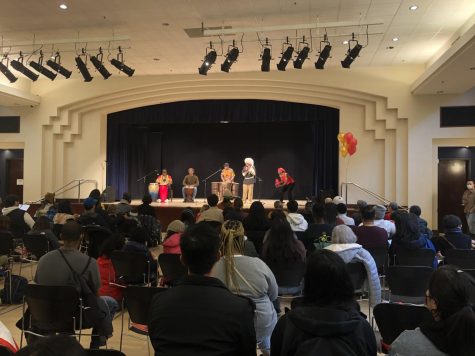
“The best part is seeing different artists come to perform and the public coming together to see it. There is no fighting. You don’t see any problems between the people — everybody is here for you, feeling the vibration of the music,” Dos Santos said.
It was surprising to Dos Santos that the OACC reached out to him to perform, but he hopes the event happens again next year and wants to see more music being performed in the Bay Area.
“They play music all the time in Africa. They play after breakfast, after lunch, and in the afternoon. But here, people need to use more of these empty spaces to hold more shows, invite more people, and organize more projects to spread music to the entire Bay Area,” Dos Santos said.
Walking amongst the halls beside the stage, San Francisco resident Christhmus Presence and Oakland resident Mini Verna admire the pieces of art and history hung on the walls.
“There’s an organicity of meeting people that I’m connected to, and it’s just a reminder that our communities are cohesive and harmonious. My nervous system feels very comfortable in this space as I am surrounded by other Asian and Black folks,” Presence said.
Verna, walking beside Presence, enjoyed harpist Destiny Muhammad’s performance and experiencing the musicality of the two cultures.
“Jazz and Asian music can be really different, but Destiny made them in harmonium. I particularly liked her piece on the Black samurai Yasuke. There was a variety of drum types and it was really beautiful to see it all come together. To me, music, culture, and art unite us,” Verna said.
For Verna, promoting unity between the Black and Asian communities and clarifying that they share the same struggles is important.
“I think there’s a lot of misunderstanding in the Black community about the Asian community, but we’re all fighting the same white supremacy and colonial oppression. Chinatown’s in Oakland, and Oakland’s Black, so let’s have more events that bring us together,” Verna said.
For the same reasons as Verna, Presence feels that the larger message of solidarity comes from recognizing concepts like white supremacy.
“White supremacy is not held only by people with a certain skin color. It is a system that works through the educational industrial complex, healthcare systems, and so many other institutions that are surrounding us. If we are to unravel white supremacy, we must do it in community and in recognition of the solidarity that we hold,” Presence said.
A nearby painting, titled Pas de Deux, displays an Asian ballerina lifting up a Black ballerina to perform a graceful pose while both are restrained by the same chain.
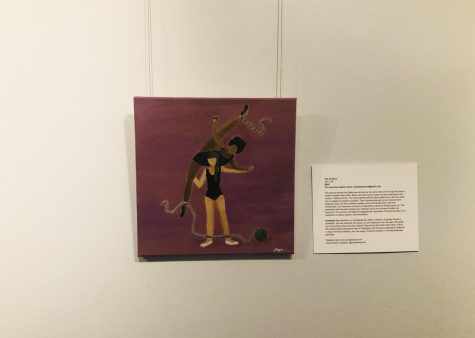
“The description says, ‘The painting depicts two ballerinas confined by the same chain even though the chain’s lengths between them differ. Black and Asian people share the same oppression that comes in different forms.’ I think this painting shows why these events are so important,” Verna said.
Such events are especially meaningful because people learn to support one another and realize the deeper connections between their communities despite the hard times, according to Hoang.
“The narrative of the ‘us versus them’ mentality is perpetuated amongst different people. Black history shouldn’t only be celebrated in February. Asian Americans shouldn’t only be uplifted when we’re in difficult situations,” Hoang said. “I feel like I gained a new family through the process of reaching out, asking questions, and learning about other cultures.”


